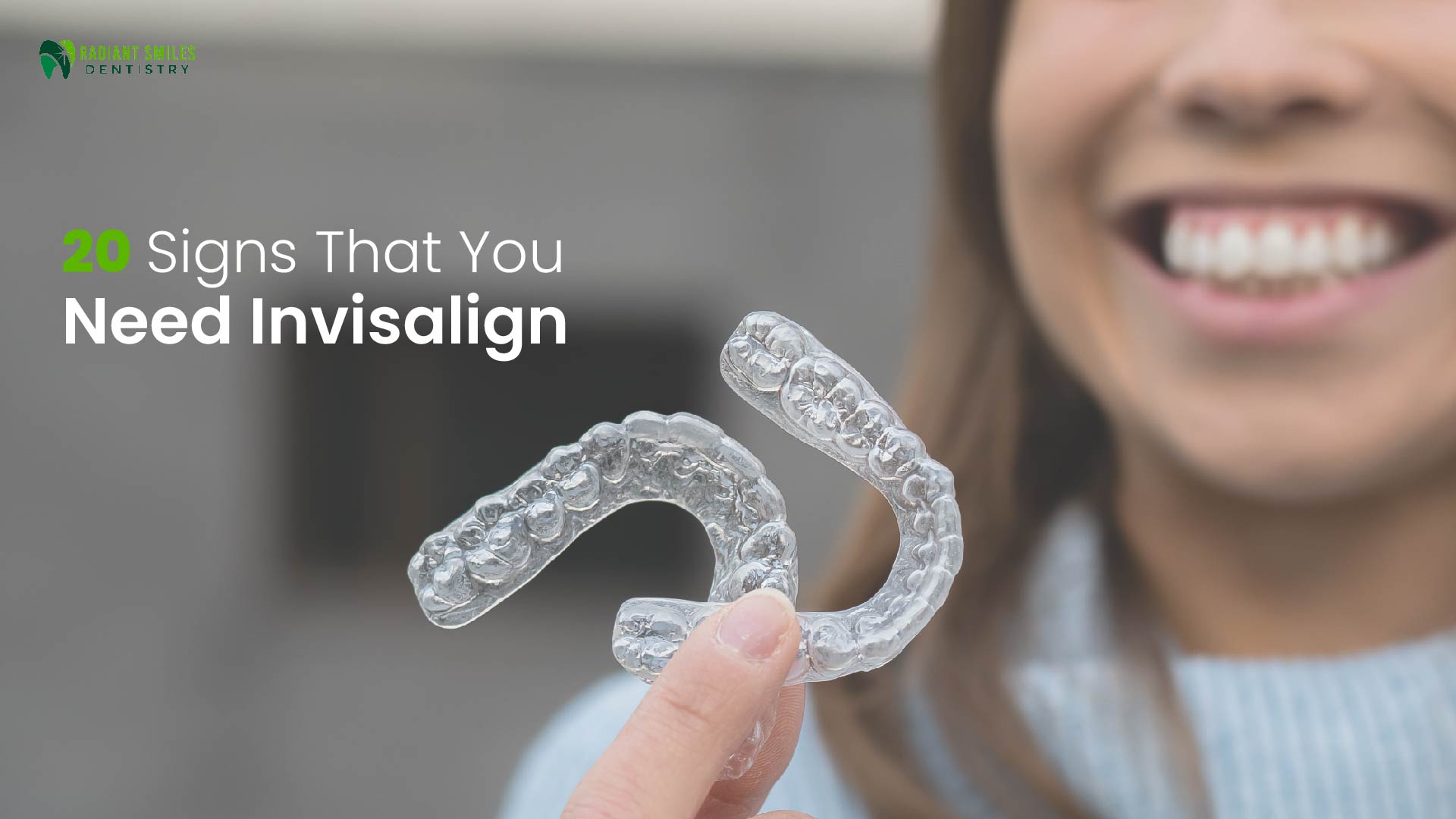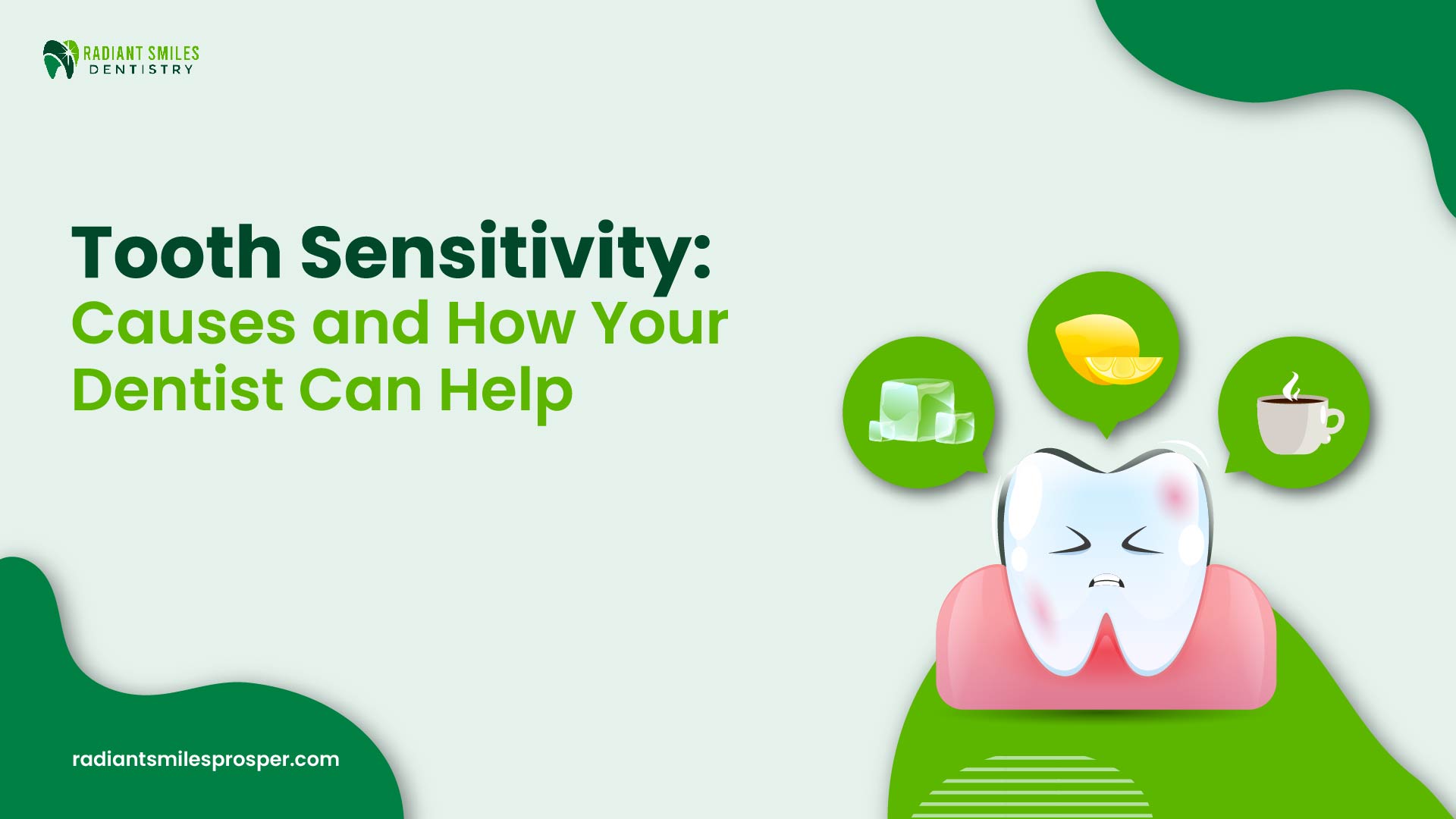Dental veneers are a popular cosmetic option for obtaining a perfect smile,...
Everything You Need to Know About Gum Disease
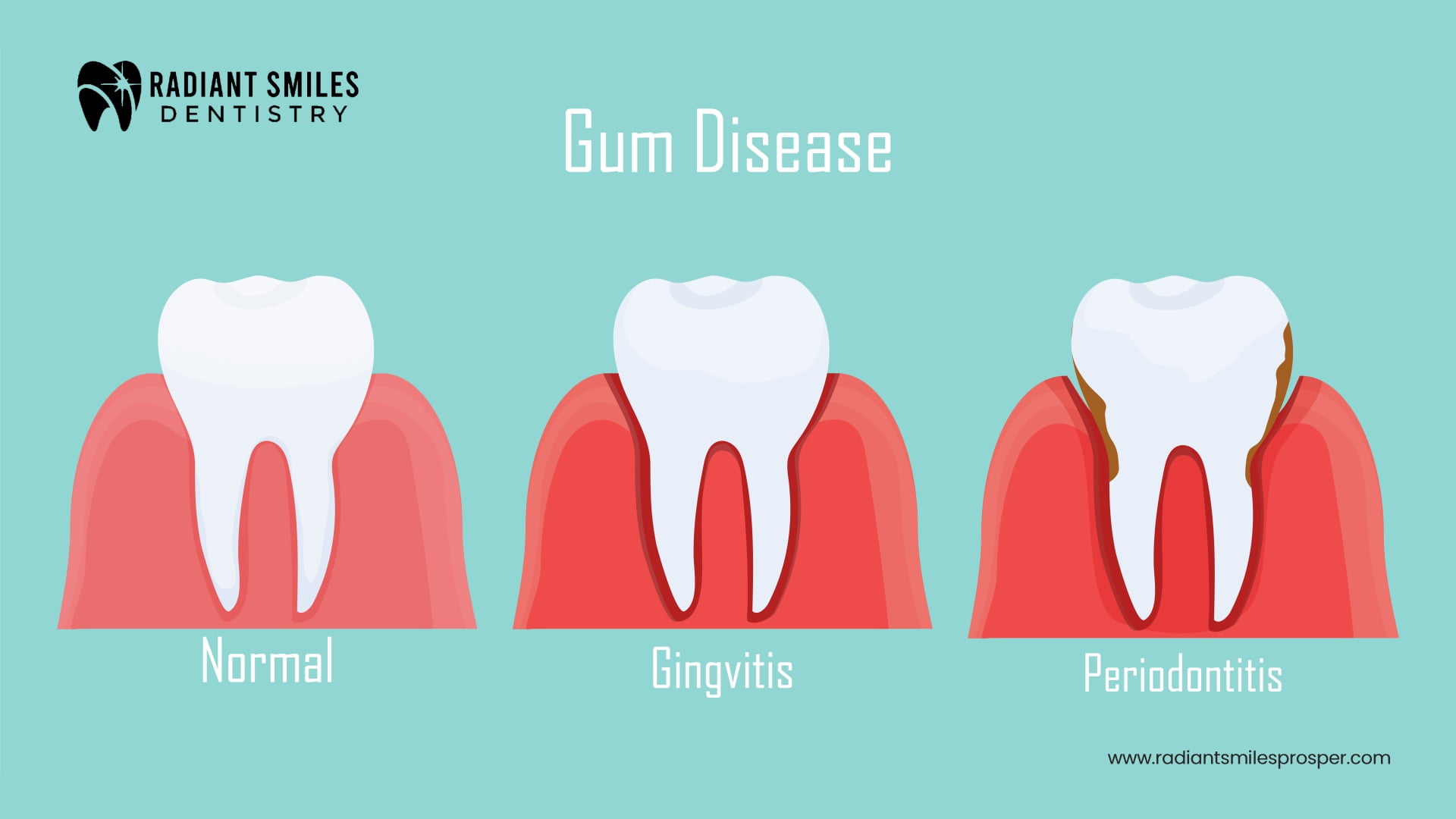
Introduction
Smile please! Your gums and teeth need to breathe too!
Isn’t it amazing how your aura and surrounding atmosphere become tremendously pleasant and positive when you smile and laugh recklessly? We all are blessed enough for having accessibility to living, loving and laughing care freely. However, at the same time, we tend to interrupt this blessing just by not taking care of their physical, mental and oral health enough. Don’t you agree?
According to the latest report of the UN health agency, nearly 3.5 billion people of the global population are suffering from oral health issues which also include gum disease. Isn’t it surprising?
If yes, then we must be concerned about our oral health. And especially about gum protection, as gum is the root of healthy teeth. So, without any further ado, let’s get to know about what gum disease is, what causes this disease, what are the symptoms, how to prevent it from taking place, and if it has already taken place then what are the best practices to cure it?
What is Gum Disease?
Well, gum disease is generally the condition where the oral bacteria in the form of plaque(tartar) penetrates beneath your gum and releases toxins that may not only result in gum inflation, gum bleeding or swollen gum but also may cause teeth loss or loose bones
Unfortunately, gum disease is one of the primary causes of tooth loss in adults. And many of us misunderstand the cause of this and believe it to be cavities. Whereas it is actually gum disease.
Therefore, we want our patients to be well informed and wish they do not go through any unfavourable consequences of misunderstanding gum disease. So, let me demonstrate some of the symptoms of gum disease below.
Symptoms of Gum Disease:
- Inflated/sore behinds
- Moderate to severe gum discomfort
- Bleeding while using a toothbrush
- Gums have a dark red shade.
- Poor breathing
- A cavity between the gums and teeth
- Loss of teeth or crooked teeth
- Gruelling chewing
- Visible gap development between the teeth & gums
These are the common and visible symptoms of gum disease. However, in certain cases, symptoms can be beyond the above-mentioned symptoms. Sometimes it happens that a patient has gum disease, but does not feel any sort of pain or discomfort. So, it is necessary to visit your dentist every 6 months on average.
Simultaneously it is necessary to be aware of the causes of gum disease so that you can take proper precautions accordingly. Because we believe that a well-informed patient can prevent a lot of severe diseases from occurring. So, let’s discuss the causes of Gum Disease.
Gum Disease Causes
- Consumption of Tobacco (Smoking or Chewing)
Clenching or grinding can put stress on the gums and teeth, weakening them and making them more prone to infection. - Teeth Grinding and Clenching
Clenching or grinding can put stress on the gums and teeth, weakening them and making them more prone to infection.
- Being Stressed/Anxious:
Your immune system suffers as a result of stress, and your body’s defences against illnesses like periodontal disease are weakened.
- Hormone Oscillates
Hormone shifts can increase a patient’s risk of developing infected or swollen gums.
- Incorrectly Sized Dentures or Bridges
Dental equipment that doesn’t fit properly can irritate your gums and cause an infection.
- Auto-Immune Conditions
The body’s capacity to combat infections such as periodontal disease is also decreased by autoimmune illnesses.
- Heredity of Gum Disease
Based on the study, we can say that, if the patients do have a heredity or family history of gum disease, they are more prone to get gum disease.
- Poor Diet or Inadequate Nutrition
A diet high in starch and sugar can foster the growth of gum disease. Additionally, it might harm your immune system.
- Oral Hygiene Issues
One of the main causes of gum disease is poor dental hygiene, which encourages unfavourable circumstances of oral hygiene and develops gum disease.
- Plaque:
In layman’s terms, plaque is a situation where the bacteria identify in your mouth and start interacting with the carbohydrates and sugars in food, these bacteria keep multiplying and potentially cause severe damage to your teeth. Plaque can be eliminated if a patient improves their brushing and flossing habits post having a starchy or sticky meal.Now, let us drive you through the identification types and processes of gum disease. So that you can relate it if you visit your dentist or oral hygienist concerning your gums.
How is Gum Disease Identified?
Gum disease is typically diagnosed using two key components.
- X-ray
- Measurement of your gums
- Let’s talk about both of our techniques for diagnosing gum disease one by one.
- X-ray
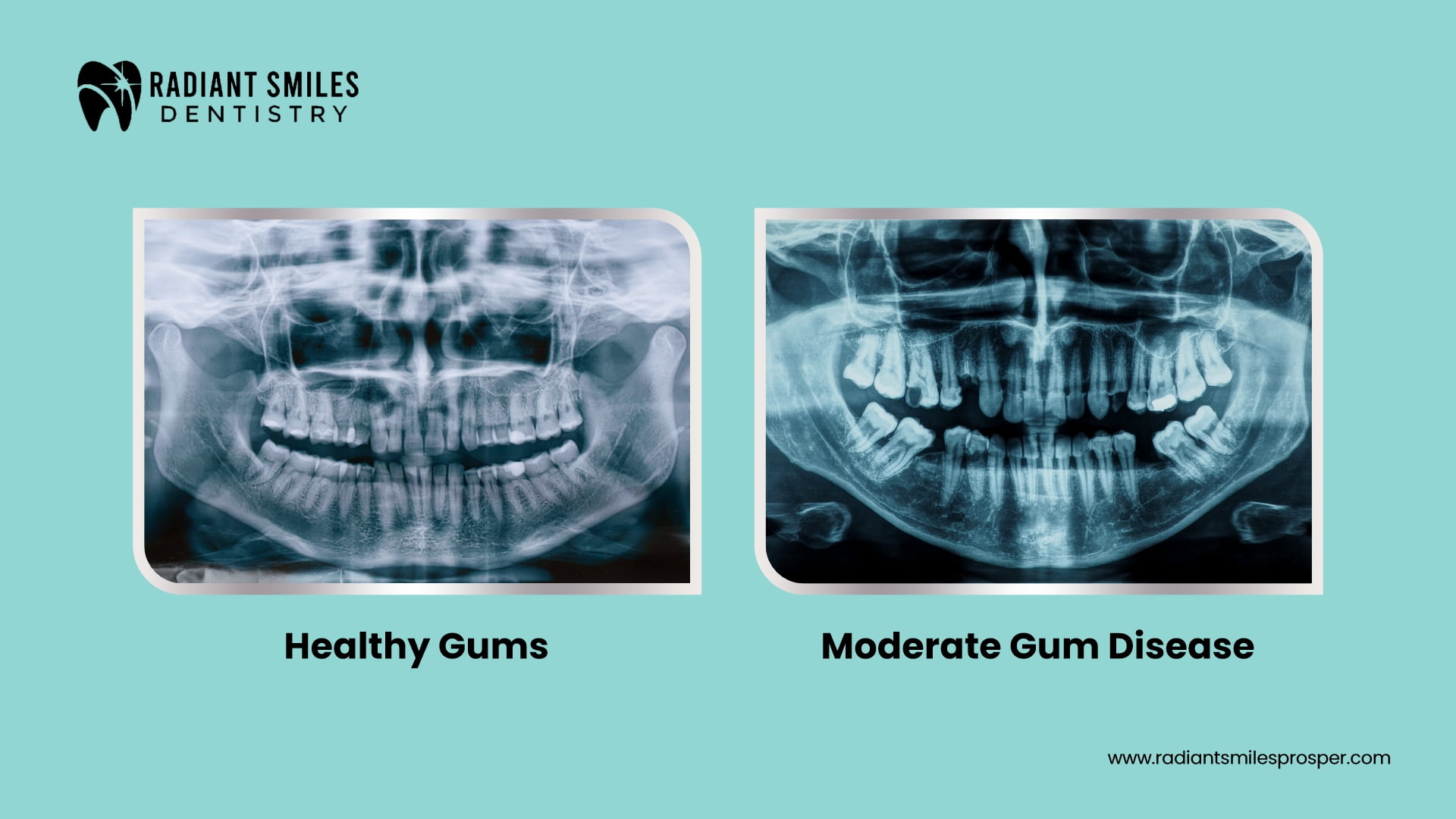
As we can see in the X-ray, The teeth and gums are healthy when they have a strong, white crown (depending on your skin tone, as the color of a healthy tooth may depend on your skin tone too.) and are firmly rooted with no significant gaps.
The situation of gum periodontal gum disease, on the other hand, is where you see the loose dental root and significant space in between the teeth. The area close to the root surface gets darker when a patient has periodontal disease. As a result of bone loss, the substance changes from being exquisite and white and dense to becoming darker or black in shade.
Measuring Your Gum
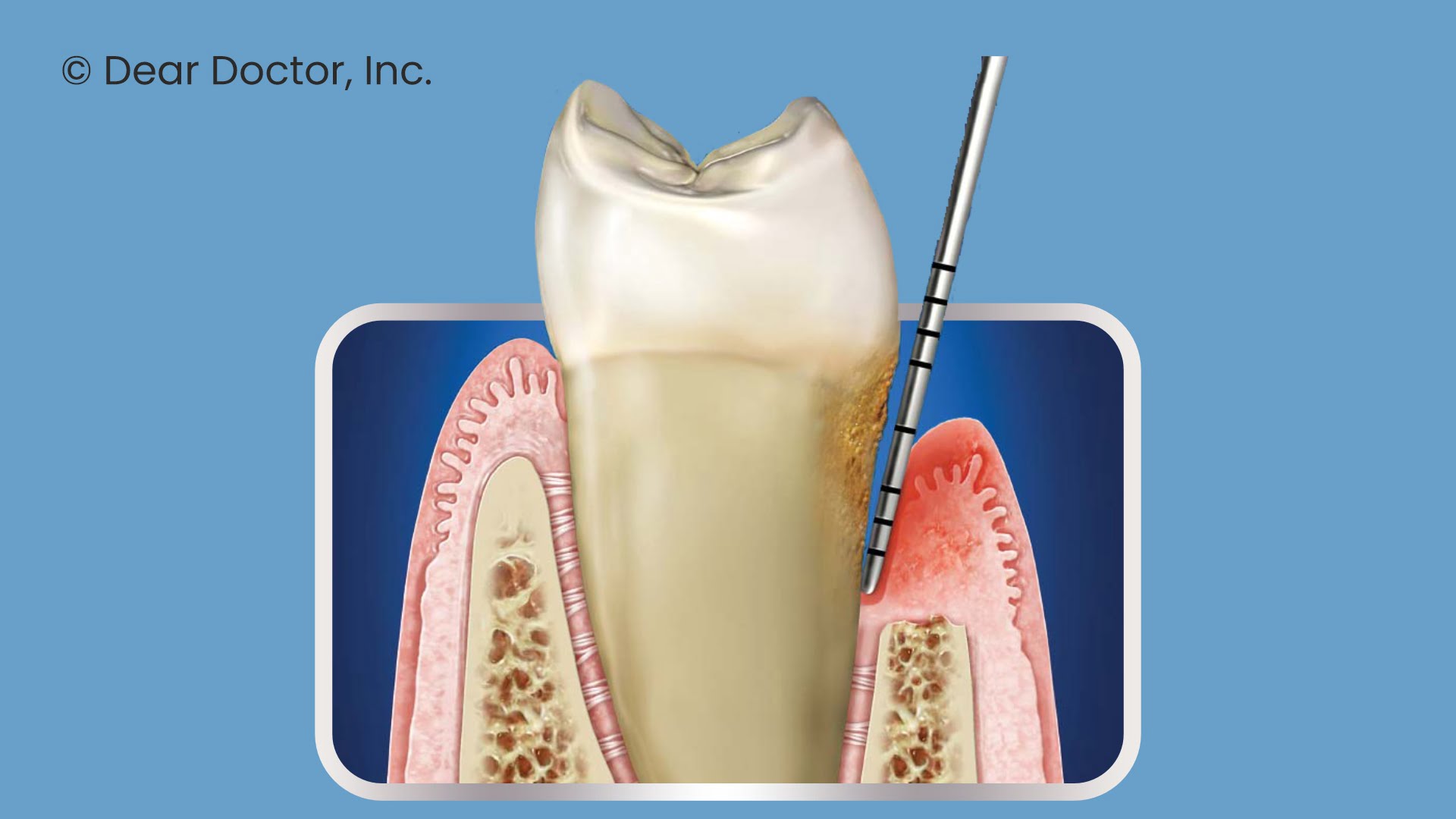
Image Source Dear Doctor Inc.
One of the most effective ways to identify gum disease is by measuring the gums. If you have ever visited a dentist or oral hygienist about gum disease, they’ll likely have measured your gums with this little periodontal probe, as seen in the image above. The deeper the probe can go, the more significant the separation between the gums and the tooth root is for the patient, indicating that the inflammation has caused significant separations of the gums.
Therefore, we believe the deeper the probe can go, the worse the periodontal disease is. You have a fairly healthy mouth if it has two to three-millimetre probing depths throughout.
However, if you dig a little further and find anything between five and six or seven or more, the patient can most certainly have periodontal disease.
In short, we can say that,
- Probing between 1mm to 3mm is a sign of perfectly healthy gums.
- Probing between 4mm to 5mm indicates the requirement for deep gum cleaning.
- But, probing above 6mm may certainly require periodontal surgery.
Effective Options for Treating Severe Gum Disease:
- Thorough Cleaning (Scaling and Root Planning)
A thorough cleaning may be required when there is severe gum disease, visible gum receding, loose teeth and weak roots.
- Antibiotics:
In some circumstances, doctors may advise taking antibiotics to eradicate the infection-causing germs.
- Surgery/Periodontology:
To remove damaged tissue or realign the gums in advanced gum disease situations, surgery may be necessary.
- Tooth Extraction
May be required in extreme circumstances where it cannot be salvaged.
Conclusion
Periodontal disease is just like hypertension, once it is developed it may take a lot to recover. Therefore, it is necessary to manage your oral hygiene and initiate good oral habits like brushing at least twice a day, flossing whenever needed, using good mouthwash liquid, reducing or eliminating tobacco or alcohol consumption and last but not least, managing mental health is equally important for keeping your gum, teeth and its root stronger. Because stress and anxiety may cause dreadful harm to your oral health.
Preparing to Book an Appointment?
If you notice any of the above symptoms of gum disease with any of your close ones or with you, please do not wait till it’s too late to cure your gums and end up losing your teeth. Because prevention is always better than cure. Book your appointment today and get your entire oral check-up now!
| Recent Blog Post
The Role of Cosmetic Dentistry in Restoring Confidence After Tooth Loss
Dental veneers are a popular cosmetic option for obtaining a perfect smile,...
Tooth Sensitivity: Causes and How Your Dentist Can Help
Dental veneers are a popular cosmetic option for obtaining a perfect smile,...


